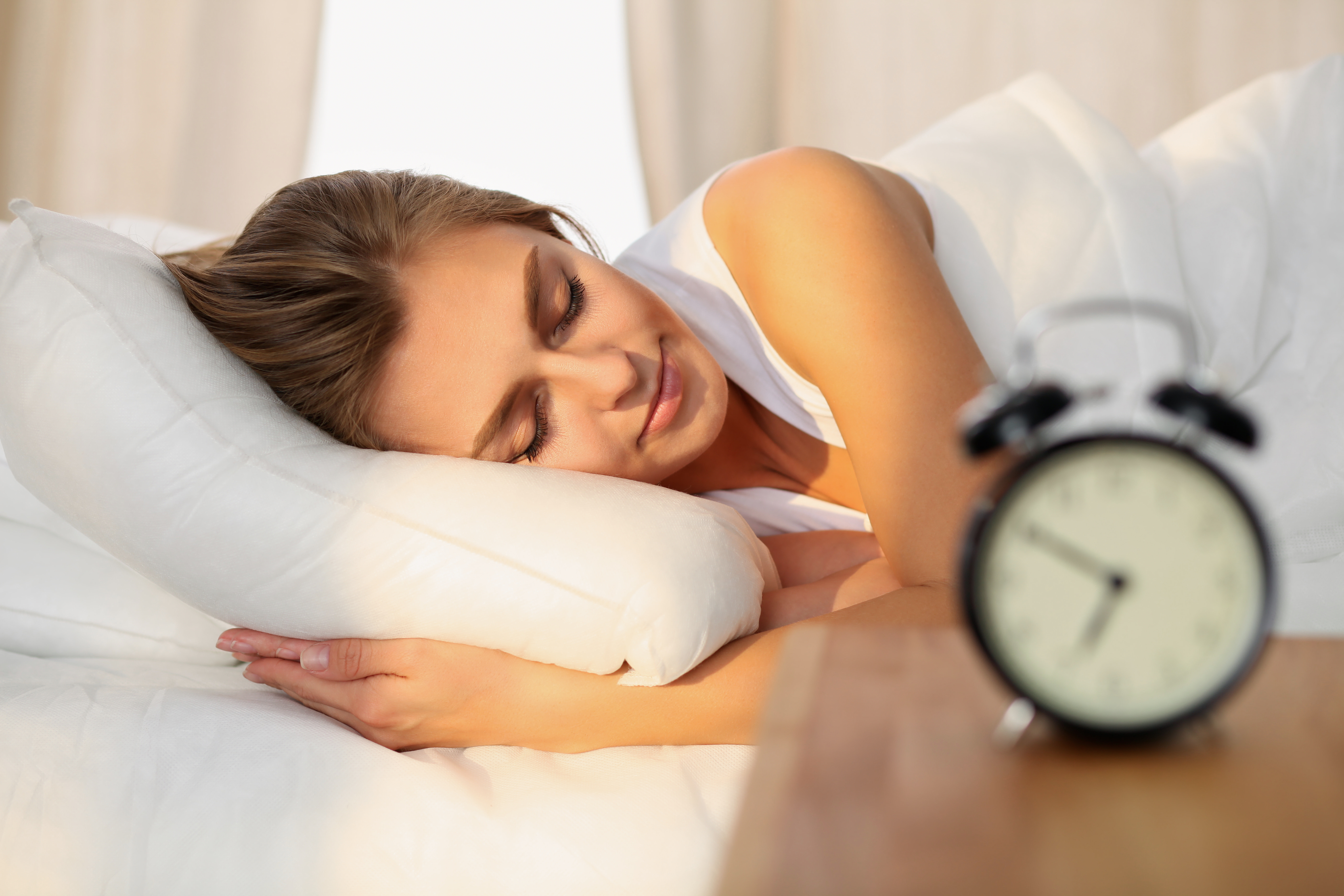Join participants from over 72 countries around the world in a global call to action about the importance of sleep. Friday, March 17, 2017 is the 10th annual World Sleep Day. Created and hosted by World Sleep Society, World Sleep Day is an internationally recognized awareness event bringing sleep health professionals and patients together for one important common cause: Sleep.
Did you know:
- Sound sleep is one of the three pillars of good health along with a balanced diet and regular exercise.
- Research shows that we spend up to one-third of our lives sleeping. Sleep is a basic human need, much like eating and drinking, and is crucial to our overall health and well-being.
- Sleep, like exercise and nutrition, is essential for metabolic regulation in children. There is evidence for a link between sleep duration and childhood obesity. The findings are more apparent in girls. Sleep duration is the effect of day-to-day variability of sleep-wake timing on weight regulation. 1,2
- Breathing regularly during sleep is critical to maintain well-being and health. Persistent interruption of the breathing function during sleep is called sleep apnea. This is a pervasive and common disorder that affects 4% of men and 2% of women.3
- Sleep apnea causes daytime sleepiness and fatigue, and may lead to conditions such as hypertension, ischemic heart disease, stroke 4, and diabetes
- Lack of sleep or poor quality sleep is known to have a significant negative impact on our health in the long and short term. Next day effects of poor quality sleep include a negative impact on our attention span, memory recall and learning.5 Longer term effects are being studied, but poor quality sleep or sleep deprivation has been associated with significant health problems, such as obesity, diabetes, weakened immune systems and even some cancers.6,7,8
- Lack of sleep is related to many psychological conditions such as depression, anxiety and psychosis.9,10
- Quality sleep is crucial to ensure good health and quality of life.
Using collaborative efforts energized by sleep professionals all over the world, the focus of World Sleep Day is to bring cognizance to the many burdens of sleep problems. World Sleep Day publicly displays efforts being taken toward prevention and management of sleep disorders. In 2017, the slogan is, “Sleep Soundly, Nurture Life.” This focus is purposefully broad in meaning, surrounding the message that quality of life with a sleep disorder can be improved, but recognition of sleep’s importance for overall health and well-being must come first. Though most sleep disorders are preventable or treatable, less than one-third of sufferers seek professional help
References
- Yu Y, Lu BS, Wang B, Wang H, Yang J, Li Z, Wang L, Liu X, Tang G, Xing H, Xu X, Zee PC, Wang X. Short sleep duration and adiposity in Chinese adolescents. 2007 Dec 1;30(12):1688-97
- Gozal D. et al, 2011 Pediatrics. In press
- Young T, Palta M, Dempsey J, Skatrud J, Weber S, Badr S. The occurrence of sleep-disordered breathing among middle-aged adults. N Engl J Med 1993;328:1230-5.
- Culebras A, editor. Sleep, stroke and cardiovascular disease. Cambridge University Press, 2013.
- Ohayon MM et al. Correlates of global sleep satisfaction in the psychiatric diagnosis categories. Psychiatry Clin Neurosci 2002; 56: 239-240
- Taheri S, Lin L, Austin D et al. Short sleep duration is associated with elevated ghrelin, reduced leptin and increased body mass index. PLoS Med 2004; 1(3): e62
- Gottlieb DJ, Punjabi NM, Newman AB et al. Association of sleep time with diabetes mellitus and impaired glucose tolerance. Arch Intern Med 2005; 165(8): 863-7
- Gumustekin K, Seven B, Karabulut N et al. Effects of sleep deprivation, nicotine and selenium on wound healing in rats. Neurosci 2004; 114: 1433-1442
- Zammit GK, Weiner J, Damato N et al. Quality of life in people with insomnia. Sleep 1999; 22 Suppl 2: S379-85
- Beusterien KM, Rogers AE, Walslenben J et al. Health related quality of life effects of modafinil for treatment of narcolepsy. Sleep 1999; 22(6): 757-765
